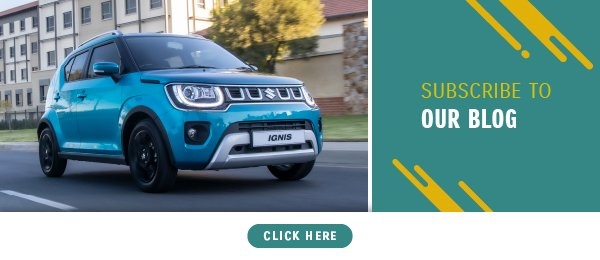No matter your budget, everyone wants to buy the safest car possible. The tricky part is knowing what to look for in terms of safety and also figuring out which safety aspects are most important to you.
It’s impossible to tell whether a vehicle is safe just by looking at it. So, if safety is a key factor in your buying decision, you will need to do a bit of research and pay attention to details once you’ve narrowed down your Wishlist of cars.
1. Online stalking
The first thing to do is to look up reviews and customer feedback not only on the specific vehicle you have in mind but on the brand itself. This will give you a good idea of what drivers of that vehicle have experienced and also how the brand treats its customers. Service and maintenance play a large role in vehicle safety, so you want to buy into a brand that listens to its customers.
2. Do ratings matter?
Although NCAP ratings are considered a good universal guide on which vehicles are safest, make sure you dig into the details. NCAP tests are conducted under very specific conditions and test very specific ratings. Don’t simply brush off a car that achieved a slightly lower score - it might simply be because it’s a more affordable vehicle and therefore doesn't have all the hi-tech systems (which doesn’t make it an unsafe vehicle).
Again, this is where research, the opinion of other drivers, and ultimately a test drive will help you decide.
3. The ‘basics’ are there for a reason
Every vehicle, no matter how exclusive, will always have these basic safety features:
- Well-engineered crumple zones
- ABS brakes
- Seatbelts
- Driver’s airbag
You can be driving the most expensive car in the world, but without a seatbelt, none of the advanced safety systems can function effectively. So, as long as you have these basics in your car, you essentially have a safe vehicle.
If you have children still using car seats, you can add Isofix anchor points to the above list
4. Safety is in the detail
Whether you have a new or pre-owned vehicle, your vehicle’s safety depends on the vehicle’s condition. To ensure your current or future car is as safe as possible, pay close attention to the following:
- Tyres: if your tyres are in poor condition it will affect your ability to brake and steer, especially in an emergency.
- Lights: your lights are crucial, not only so you can see at night but, more importantly, so that other drivers can see you. Make sure they are in good condition.
- Windscreen wipers: the rubber on the wipers does wear down over time, so check them often to make sure they are still functioning correctly.
- Hazard lights: these get a special mention as people often forget to check them along with the rest of the lights. Your hazards can literally save your life should you get stuck next to the road.
- Service and maintenance: make sure that your vehicle is always up to date with service and maintenance - even if it is an older car - because proper maintenance is the only way to ensure all your safety-critical features are functioning correctly.
At the end of the day, your vehicle choice is mostly going to be decided by your budget, but that doesn’t mean you have to settle for an unsafe vehicle. Use the above tips as a guideline and you’ll find there are plenty of options that offer excellent safety.
Download our ultimate guide to road safety to ensure you are keeping yourself and your loved ones safe whilst driving.
The Suzuki blog is jam-packed with helpful articles on all things auto. Sign up here and get our articles sent to your inbox.



.png)
![Demystifying the safety rating – and what that means for SA [Update]](https://blog.suzukiauto.co.za/hubfs/Demystifying%20the%20safety%20rating/Untitled%20design%20(20)-596718-edited.png)